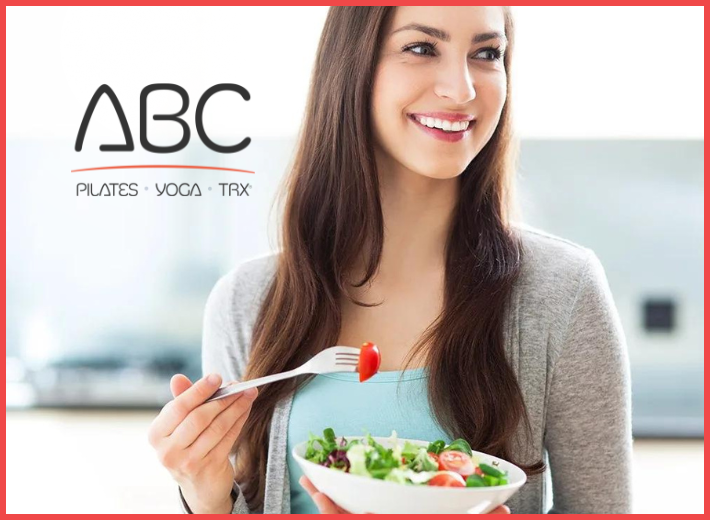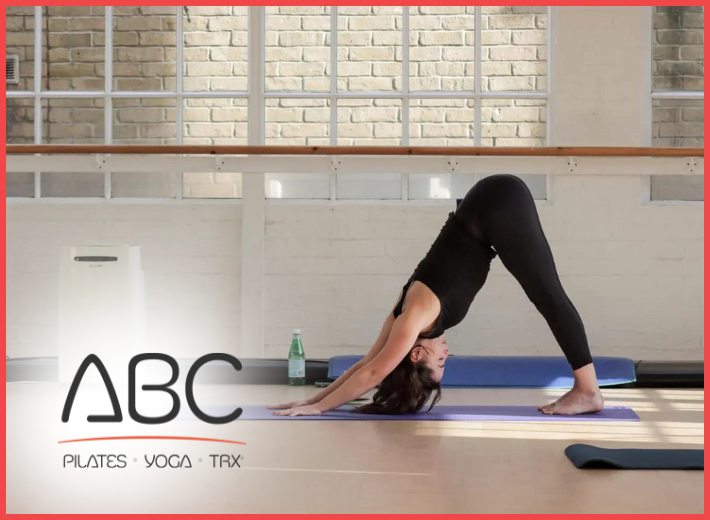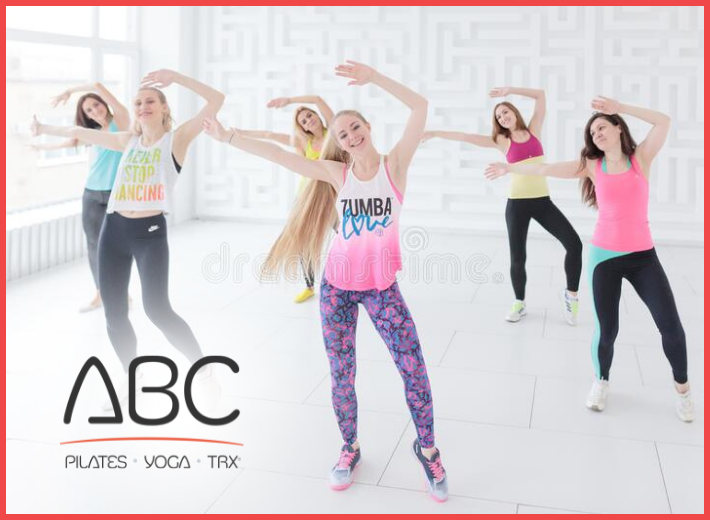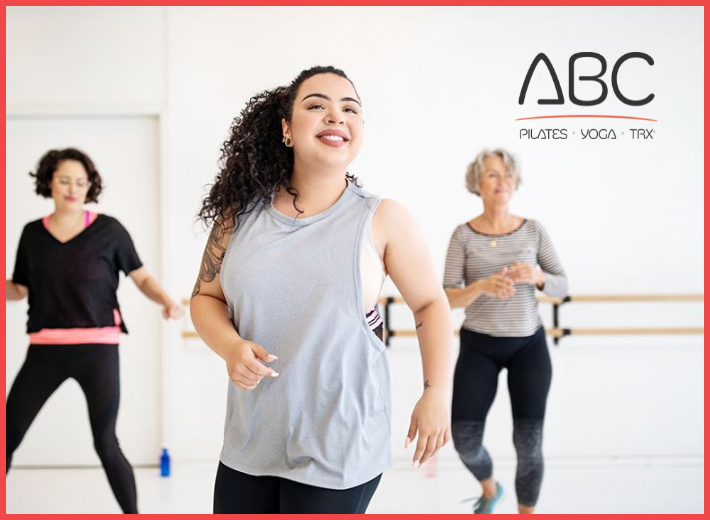
Dance and Zumba uses up a lot of energy and burns a lot of calories, making what you eat super important. This list will come in handy if you want to learn the ins and outs of eating before dance practice. Learn the nutrition you need to perform and work out at your best. Make sure to keep snacking, keep hydrating, and keep dancing!
Regularly exercising is one of the best things you can do for optimal health. The food you eat before a workout is critical. For your body to perform at its very best, it requires targeted energy and nutrients before you lace up your running shoes or hop on the bike.
It can also be helpful to know that successful pre-workout snacking isn’t just about what you eat. It’s also about when you eat. After all, attempting a downward dog or a spin class on a full stomach isn’t very comfortable.
That’s why it’s important to give your body roughly one to three hours to digest and absorb the nutrients in your snack. When that’s not possible, eating a lighter snack about 30 minutes prior to exercise can also do the trick.
No matter what your schedule is like, these five satisfying snacks can deliver the fuel healthy muscles need for peak performance.
2-3 Hours Before a Workout
Whole-Grain Crackers and a Glass of Nonfat Milk
Carbohydrates are your muscles’ favorite energy source. Trouble is, exercise can quickly burn through muscles’ carbs stores, resulting in fatigue. No wonder athletes like to top off their carbohydrate reserves ahead of time. For the average to moderate exerciser a good daily goal is about 2 to 3 grams of carbohydrates for every pound you weigh.
Fueling up a couple of hours before a workout calls for snack that’s hearty enough to keep you full yet low enough in fat for easy digestion. Whole-grain crackers with a glass of nonfat milk check both boxes. Sixteen small whole-grain crackers (Original Wheat Thins) and a cup of nonfat milk provide 33 grams of carbohydrates for sustained energy with less than 5 grams of fat. In addition, you’ll obtain fluids plus 319 milligrams of sodium to help replace the amounts of this electrolyte that are lost in sweat.
1 Hour Before a Workout
Ricotta Cheese on Cinnamon Raisin Toast
Ricotta cheese is a creamy, delicious topping for carbohydrate-rich cinnamon raisin toast. It’s also packed with calcium, a mineral that helps muscles contract. Spread 1/3 cup part-skim ricotta on a slice of whole-grain cinnamon raisin toast, and in return, you’ll get 24 grams of carbohydrates plus 20 percent of your daily calcium.
Instant Oatmeal
When you need a quick, convenient pre-workout snack, grab a packet of instant oatmeal. Because it’s portion-controlled, it provides just enough energy without filling you up too much. At the same time, you’ll still get plenty of carbs (19 to 27 grams per packet, depending on whether it’s plain or flavored). To boost carb intake, you could also add banana slices and dried fruit to the oatmeal. And it takes less than 2 minutes to prepare in the microwave. If you’re planning a long workout, pair it with a glass of non-fat milk or soy milk for additional fluids and calories.
Or, for another speedy pre-workout snack try a Zone Perfect Classic Bar in yummy flavors like Chocolate Chip Cookie Dough or Chocolate Peanut Butter. They’re packed with 24 grams of carbohydrates, electrolytes like sodium and potassium, plus B vitamins to support metabolism.
A Fruit Smoothie

Did you know your muscles are roughly 75 percent water? That’s more than your heart, brain or skin, so make hydration a priority before each sweat session. One delicious way to pre-hydrate is by sipping a small fruit smoothie. To make it, blend 1 cup frozen berries, ½ cup non-fat plain Greek yogurt, ½ cup unsweetened vanilla soy milk and a tablespoon of honey. You’ll net nearly a cup of water and 41 grams of carbohydrates plus polyphenols, powerful substances in berries believed to help reduce inflammation and speed muscle recovery.
30 Minutes Before a Workout
A Piece of Fresh Fruit
When you need pre-exercise energy in a hurry, think fresh fruit. Apples, bananas, and oranges are a cinch to grab on the go or to toss in your gym bag. Plus, they’re packed with easy-to-digest, energizing carbohydrates (roughly 15 to 20 grams of carbs apiece).
As important as pre-exercise fuel is, don’t forget to replenish afterward. For optimal muscle health, a balanced post-workout snack can feed worn, tired muscles the nutrients they need to refuel, recover, and repair.
Feel happier & more energetic than ever with our classes. With all the classes we offer, you’ll sweat, smile, and repeat as many times as you want and never be bored! Let’s burn some calories and have fun with ABC Fit Studio! Schedule your first session today at 949-305-3310 or visit our Facebook Page.
Reference: [https://www.nutritionnews.abbott/healthy-living/active-lifestyle/5-snacks-to-eat-before-a-workout/]

















